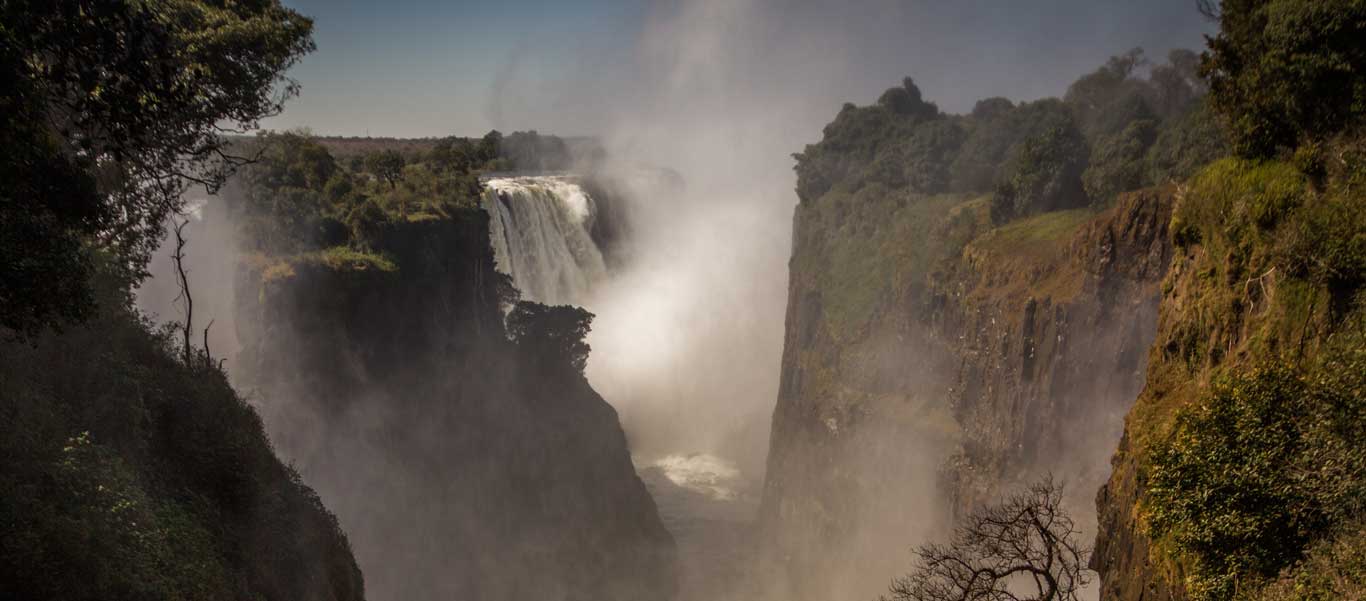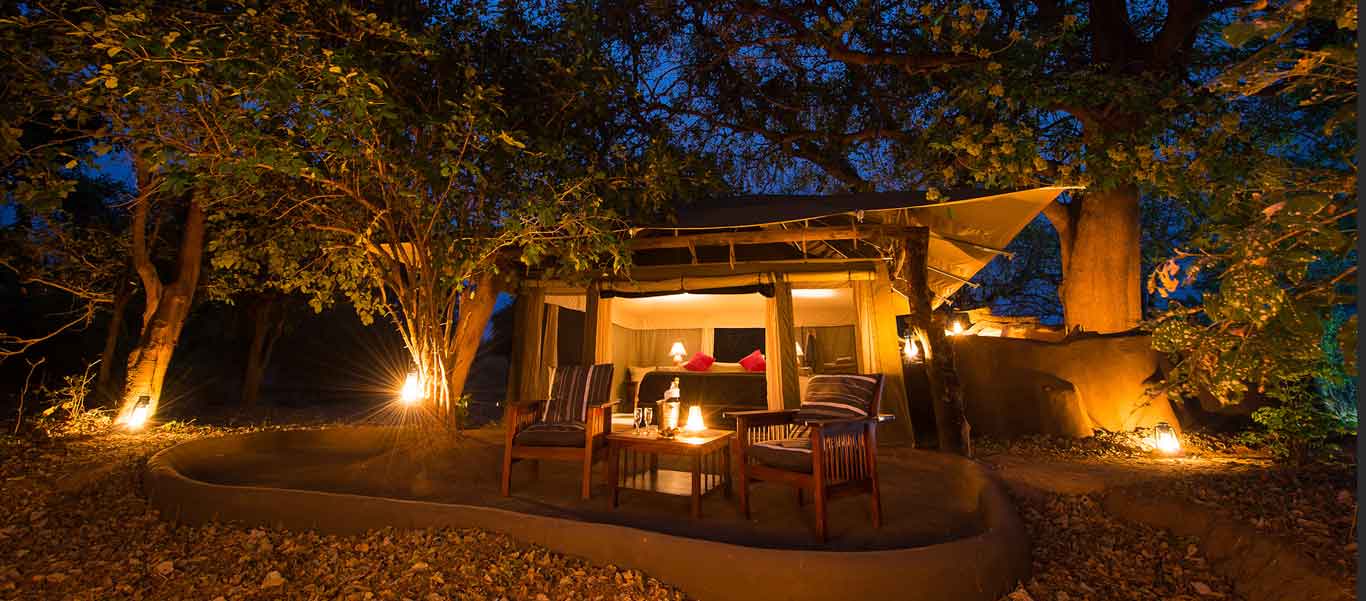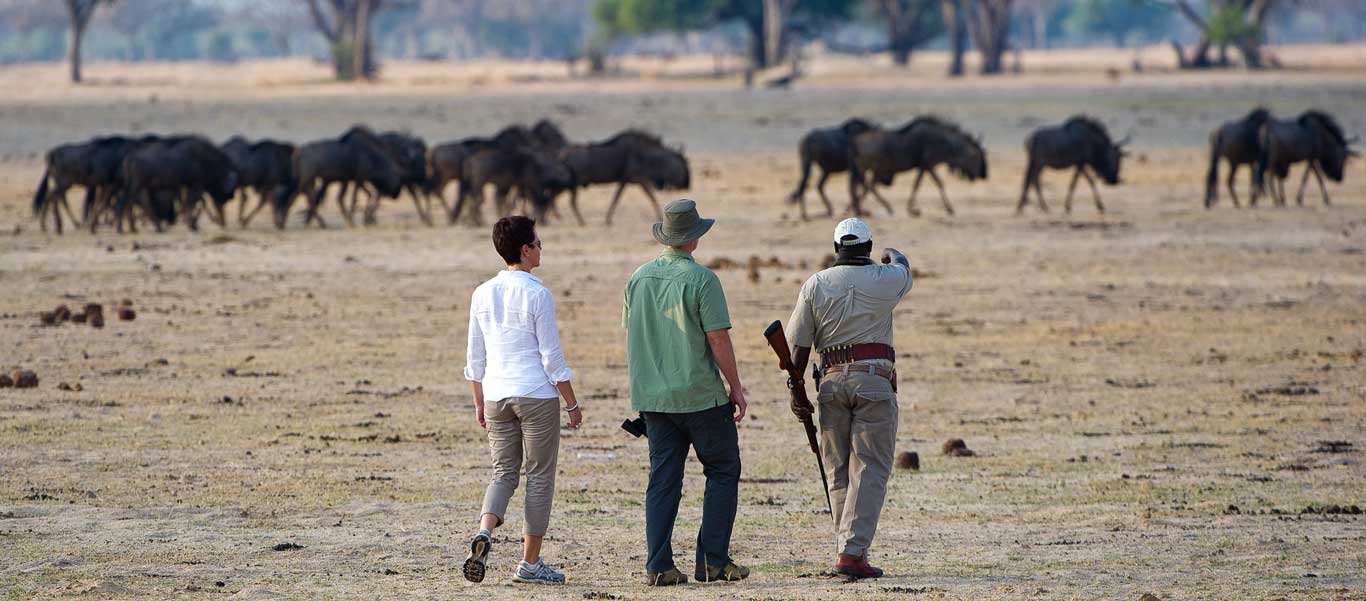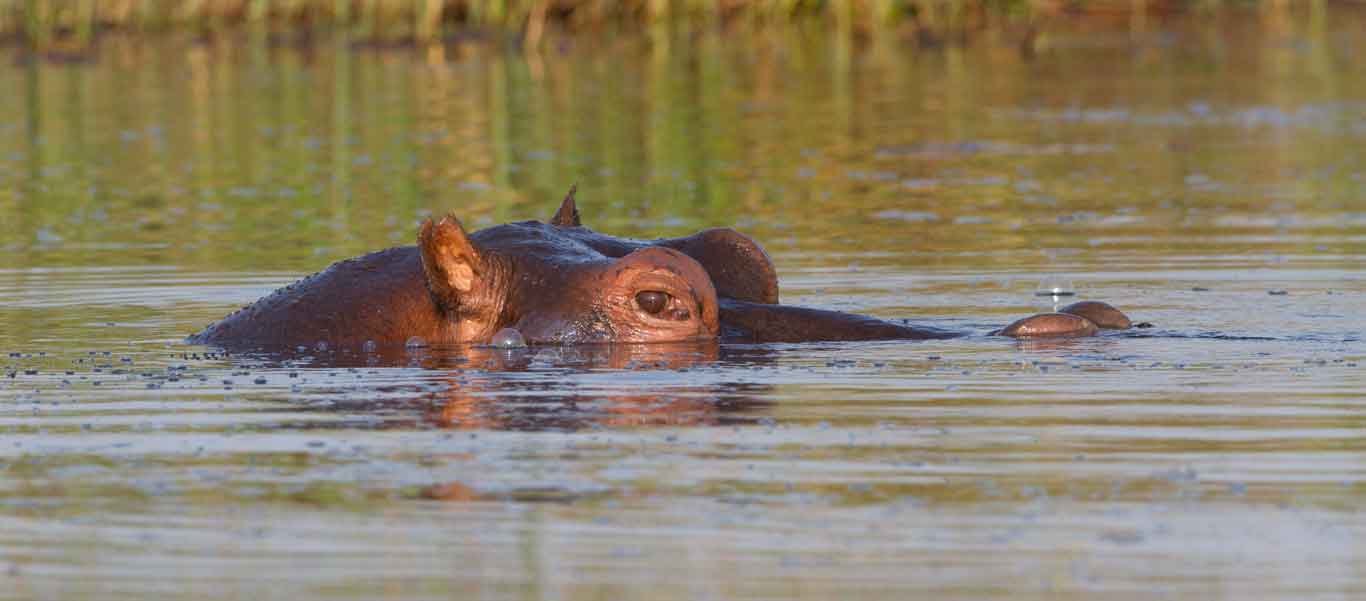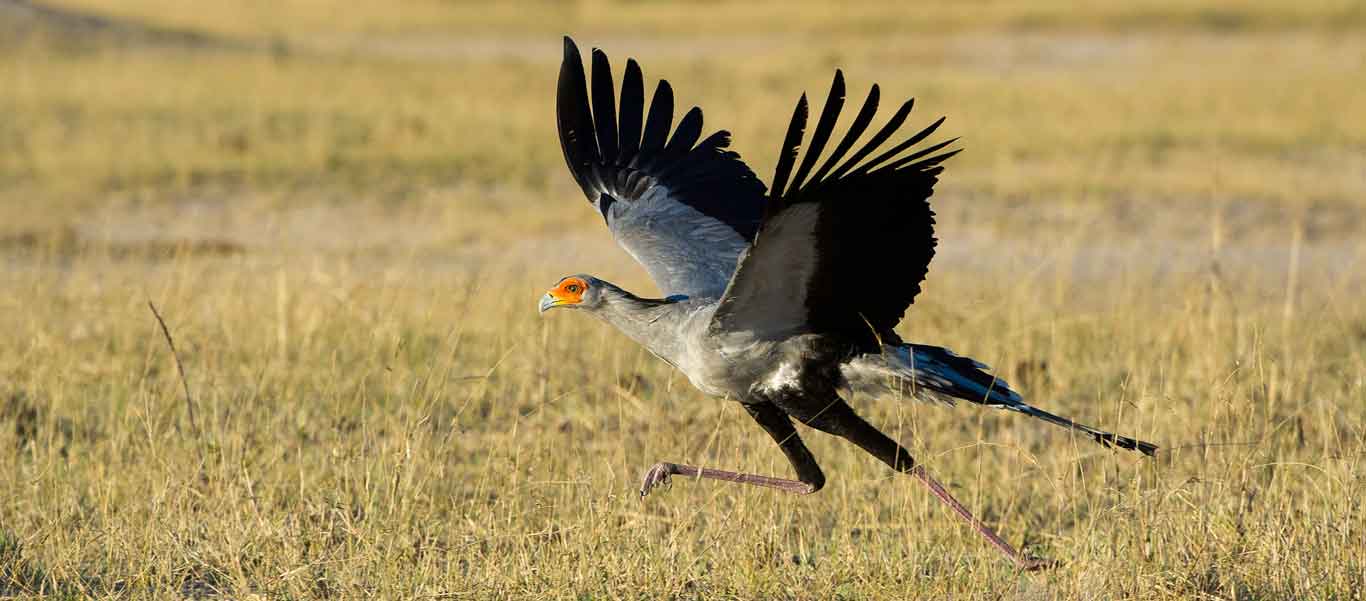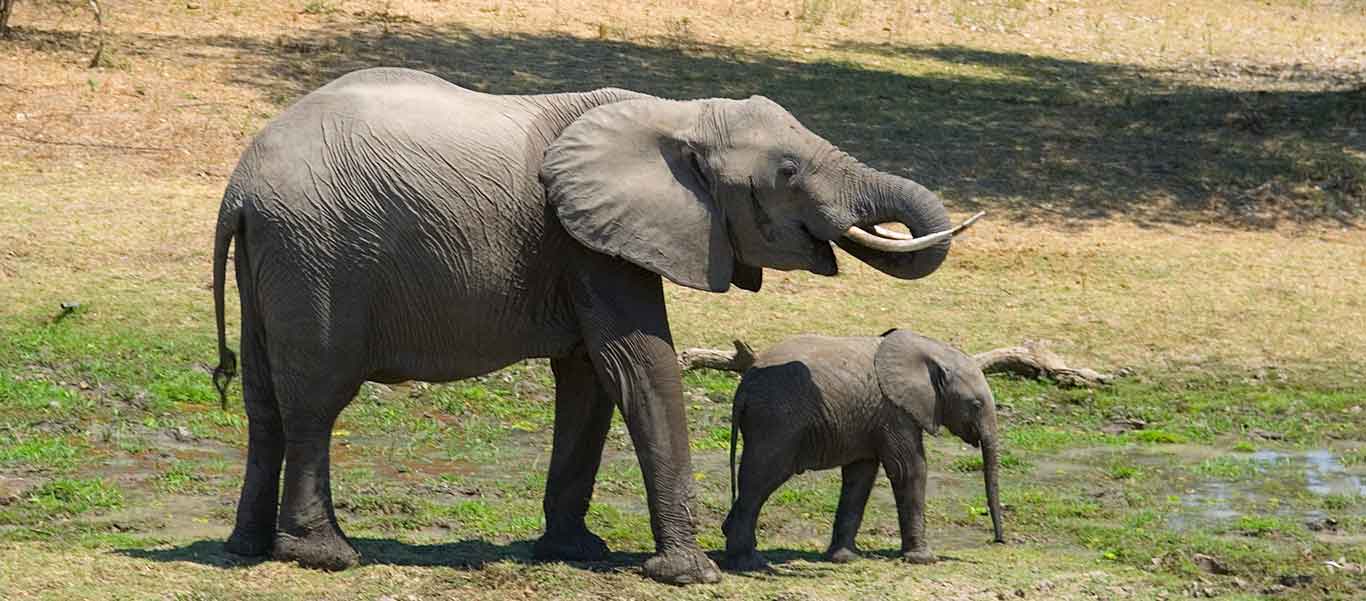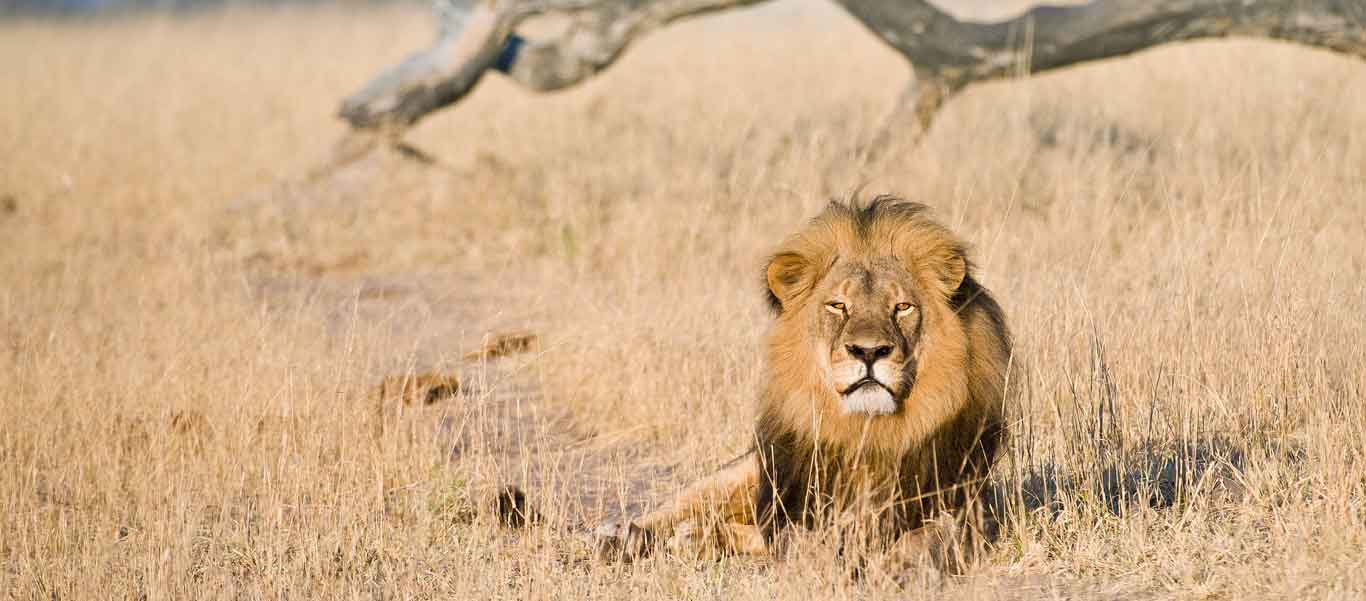Zimbabwe & Zambia
Zimbabwe & Zambia Safari
Step back in time to a wild Africa of grasslands and riverbanks teeming with game on this 13-day journey along the waterways and floodplains of Zimbabwe and Zambia. Start at the thunderous Victoria Falls, one of the seven natural wonders of the world, then explore the region’s great life-giving rivers—the Luangwa and Zambezi—in parks known for their raw, remote wilderness. See great herds of giraffe, elephants, buffalo and antelope, and the magnificent predators that follow them, as well as hundreds of bird species, from boats, 4x4s and on foot. Hwange’s elephant population is one of the largest in the world while South Luangwa is home to Africa’s densest Leopard population. Join Apex and breathe in the peace and expansiveness of this, the less traveled Africa.
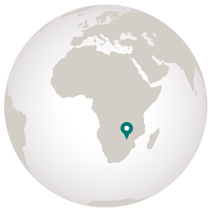
Destinations
- Travel by Air
- Travel by Road
- Travel by Boat
- Travel by Bullet Train
- Travel by Rail
- Travel by Dog Sled
-
Wednesday, August 9: Arrive Victoria Falls, Zimbabwe
Arrive in this quaint town, situated near the jaw-dropping Victoria Falls, a true natural wonder. Transfer to the grand Victoria Falls Hotel and enjoy high tea and a briefing by your expedition leader. Get to know your fellow adventurers on a sunset cruise down the Zambezi River. Hear the call of fish eagles as you gaze out over this beautiful waterway, teeming with Hippos and crocodiles, and watch for elephants and giraffes taking a drink at the end of the day. Overnight at the Victoria Falls Hotel.
-
Thursday, August 10: Livingston / Hwange National Park
After breakfast, take in the grandeur of Victoria Falls, or Mosi-oa-Tunya (The Smoke That Thunders) in the local Tonga language. Venture close enough to feel its spray, and marvel over the sheer size of the world’s largest sheet of falling water. Afterwards, transfer to the airport for a short flight south to Hwange National Park. At the southeast corner of Hwange lies Davison’s Camp, located in one of the most prolific wildlife areas of the park. Dinner and overnight at Davison’s Camp.
-
Friday & Saturday, August 11 & 12: Hwange National Park
Hwange is Zimbabwe’s largest national park, at 5,600 square miles. It contains a rich diversity of habitats, as it straddles the Kalahari and also harbors extensive grasslands and Mopane woodlands. Over 100 species of mammals and nearly 400 bird species call Hwange home. The park’s elephant population is one of the largest in the world, and buffalo, Sable, Roan, giraffe, wildebeest, Impala and even Gemsbok are common sightings. All this results in healthy populations of big cats too. Watch a staggering variety of game from your safari tent as they come down to the Davison’s Camp waterhole for a drink. Enjoy 4×4 game drives at dawn and dusk. Birds to look out for include the rare Arnot’s Chat, Dickinson’s Kestrel and Bradfield’s Hornbill. On night drives look for nocturnal species such as Lesser Bushbaby, Spotted Hyena, Selous Mongoose, Pangolin, Caracal and even Honey Badger. Dinners and overnights at Davison’s Camp.
-
Sunday, August 13: South Luangwa National Park, Zambia
Bid farewell to Hwange and Zimbabwe as you board a flight to eastern Zambia’s South Luangwa National Park, dubbed one of the world’s greatest wildlife sanctuaries. The park marks the end of the Great Rift Valley and centers around the Luangwa River, whose oxbow lagoons support one of the richest concentrations of game in Africa. The waterways are renowned for especially dense concentrations of Hippopotamus. Seasonal flooding makes much of South Luangwa inaccessible by road and protects it from the ravages of mass tourism. Your home for the next three days will be Tena Tena Camp, located on a double-tiered riverbank, under a thick grove of Mahogany trees. Dinner and overnight at Tena Tena Camp.
-
Monday-Wednesday, August 14-16: South Luangwa National Park
Known for its massive herds of Thornicroft’s Giraffe and elephants, and Africa’s densest Leopard population, South Luangwa is also a paradise for birders, with over 450 migrant and resident species found in the park, including many storks, herons and cranes along the river. While here, enjoy morning and afternoon game drives, as well as “walking safaris,” which actually originated at South Luangwa. Make a special point to search for Cookson’s Wildebeest and Crawshay’s Zebra, as they are near-endemic to the valley. Enjoy dinners and overnights at Tena Tena Camp.
-
Thursday, August 17: Lower Zambezi National Park
Take a last leisurely breakfast at Tena Tena, before transferring to the airstrip for a flight to Lower Zambezi National Park. Located in southeast Zambia, Lower Zambezi was once the private game reserve of the president, which afforded it protections that other parks didn’t have. It remains one of the most pristine spots in Zambia and our visit is timed to see and photograph elephants feeding on Winterthorns (Faidherbia albida), that classic scene of stretching up to reach the branches, sometimes lifting onto their back legs to reach higher. Dinner and overnight at Chiawa Camp, located right on the river bank at the confluence of the Zambezi and Chiawa Rivers.
-
Friday-Sunday, August 18–20: Lower Zambezi National Park
Lower Zambezi slopes from the dramatic Zambezi Escarpment down to the Zambezi River, straddling two main woodland savannah eco-regions. It is remote and undeveloped, so although the wildlife is less diverse than in other regions, the chance for up-close encounters is especially high here. Enormous herds of elephant, some up to 100 strong, are often seen at the river’s edge. ‘Island-hopping’ buffalo and Waterbuck are common. Lower Zambezi also hosts good populations of Lion and Leopard. Bustards, eagles and bee-eaters abound. Enjoy three days of game drives, walks and boating. Dinners and overnights at Chiawa Camp.
-
Monday, August 21: Lower Zambezi National Park / Lusaka
Bid farewell to Chiawa, and your fellow travelers, as you transfer to the airstrip this morning for your flight to Lusaka where you connect with flights homeward.

